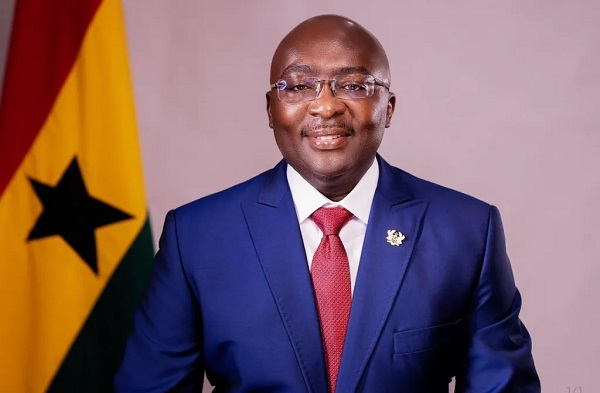On Saturday, the Guam Regional Medical City (GRMC) hosted a diabetic foot health and wound care outreach event at the Micronesia Mall center court, offering free health care screenings and educating the community to encourage island residents to stay on top of preventative care.
Dr. Melinda Sangalan, GRMC podiatrist, was one of the presenters at the event who provided valuable insight on foot care for people with diabetes, she spoke about the early signs of complications, how to conduct a self-examination and what a person with diabetes can do if they find something wrong.
“When I first came to Guam 20 years ago, I was amazed at how many people who were diabetic had not been checked. Over the last 15 to 20 years, a lot more people are becoming aware they need to see a foot doctor, especially if they're diabetic. So, it has changed a little bit, and I think we're making a pretty good dent, but we have a lot of ways to go. So, I always tell people, if you’re diabetic, know anybody who's diabetic, and I'm sure we all do, to at least get checked once a year. How bad is once a year (for) 15 minutes? So, a little proactive keeps them from having big problems in the end,” Sangalan told The Guam Daily Post.
She emphasized that when it comes to diabetes, “not knowing” could result in serious consequences for your health.
“Fifteen minutes once a year could save your leg. Fifteen minutes. Now, it might take a little bit longer if we have to get some tests done or other procedures done, but being proactive can really decrease the chances of you losing anything. So be a bit brave. Come on in. Yes, you don't want to know that you're sick, but like I tell so many patients often, I'd rather see you in the clinic than meet you for the first time in the ER and have to be the one to tell you, you're going to lose something,” Sangalan said.
When it comes to foot health, there are tell-tale signs that could be an indication that a person may have diabetes, a comorbidity that can be prevented.
“First and foremost, sometimes people heal really fast, so that's a good thing, but if it's taking a little bit longer than it used to, I mean, you know your body. If you were younger, it took me a week for to heal, but now it's a little bit longer. Things aren't looking right. Then you have an indication something may be wrong. So that's when we encourage you to see a primary care doctor first, so that way you figure out what else is wrong, and then you get referred to either podiatrist, wound care, whatever special needs to take care of it,” she said.
She taught attendees how to conduct foot self-exams, noting that it should be done daily as a preventative measure.
“It's really quick. It doesn't take much effort. And if you're unable to do it for yourself, we can teach somebody in your family to do it. So, again, proactive, we don't want to be reactive in the end with really bad results,” Sangalan said.
She stressed that in the first six months of the year, she has performed 79 foot-related surgeries and amputations on diabetic patients.
“I have done 79 surgeries, which is twice the usual for this time of year,” Sangalan said.
She said before it gets to the point where surgery is needed, there are three main things to remember in foot health.
“Do you have enough blood flow? Do you have an infection at that sore or the bone nearby? And how much pressure are you putting on the wound? Those are the three things we addressed first. And then if they're diabetic, I keep telling them, that blood sugar also plays a role in helping you heal. So, once we get that under control, there's no real time frame, but let me give you this little tidy fact. A couple (of) years back, I looked over my history at GRMC to see what the difference between people who kept their leg and people who lost their leg or toe. Number one difference, they came back for follow up,” Sangalan said.










